Last week we gathered at the SGN office for our first Leaf by Leaf Book Club! We came together – some in person, others joining via video – to connect over our shared love of trees, nature, and meaningful conversations. With appetizers, drinks, and new faces, we dove into The Hidden Life of Trees: What They Feel, How They Communicate – Discoveries from a Secret World by Peter Wohlleben and explored the fascinating ways trees communicate, support each other, and shape the world around us. We loved getting to know members of our community more, and are excited to watch this book club take root and grow from here!
Read the book but missed the conversation? That’s okay! We’d still love to hear from you – here’s a few questions and topics we discussed:
- What is a “Tree Core Memory” you have? What stands out to you about that tree or experience?
- Wohlleben personifies trees throughout the book, describing them as having relationships, emotions, and even families. How did this approach affect your understanding of forest life and the interconnectedness of all things?
- Wohlleben emphasizes the importance of old-growth forests and the slow rhythms of tree life. How does this contrast with the fast-paced world we live in? What lessons might we take from that?
- How can communities like ours better protect and nurture local trees and natural spaces?
Thank you to everyone who joined us! Our next book will be The Serviceberry:
Abundance and Reciprocity in the Natural World by Robin Wall Kimmerer, and we’ll gather again around the Autumn Equinox – stay tuned for the official date!
Autumn equinox Selection Summary: The Serviceberry
From the #1 New York Times bestselling author of Braiding Sweetgrass, a bold and inspiring vision for how to orient our lives around gratitude, reciprocity, and community, based on the lessons of the natural world.
As Indigenous scientist and author of Braiding Sweetgrass Robin Wall Kimmerer harvests serviceberries alongside the birds, she considers the ethic of reciprocity that lies at the heart of the gift economy. How, she asks, can we learn from Indigenous wisdom and the plant world to reimagine what we value most? Our economy is rooted in scarcity, competition, and the hoarding of resources, and we have surrendered our values to a system that actively harms what we love. Meanwhile, the serviceberry’s relationship with the natural world is an embodiment of reciprocity, interconnectedness, and gratitude. The tree distributes its wealth—its abundance of sweet, juicy berries—to meet the needs of its natural community. And this distribution ensures its own survival. As Kimmerer explains, “Serviceberries show us another model, one based upon reciprocity, where wealth comes from the quality of your relationships, not from the illusion of self-sufficiency.”
As Elizabeth Gilbert writes, Robin Wall Kimmerer is “a great teacher, and her words are a hymn of love to the world.” The Serviceberry is an antidote to the broken relationships and misguided goals of our times, and a reminder that “hoarding won’t save us, all flourishing is mutual.”
~ Maggie Thomas Harper





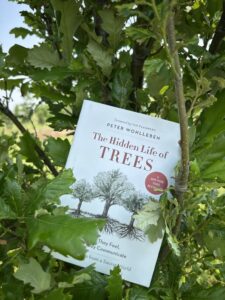
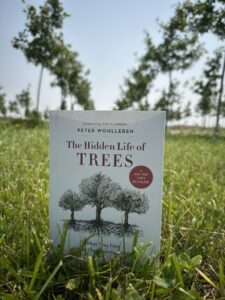
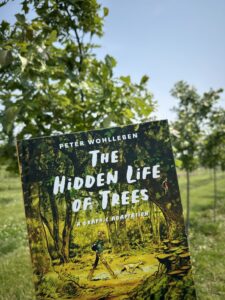
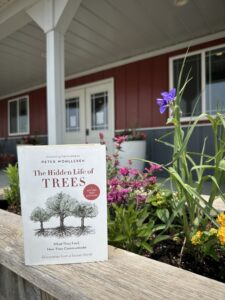
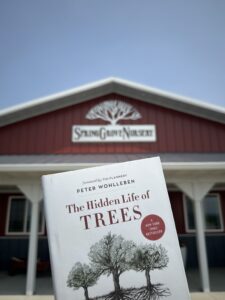
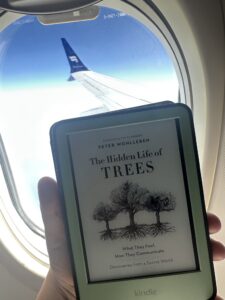




Leave a Reply